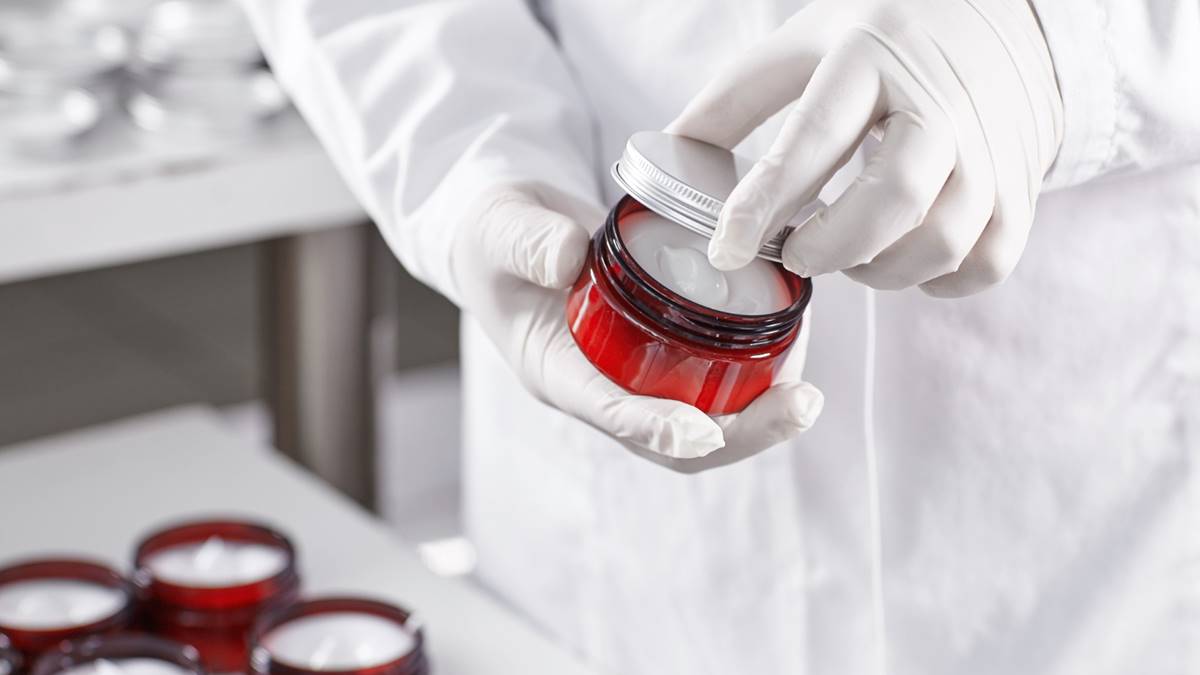It usually starts with a telltale itch, a bit of discomfort, maybe some unexpected discharge—and a growing sense that something’s just not right. If you’ve had a yeast infection before, you probably recognize the signs almost immediately. And like many people, you might be wondering whether you really need to see a doctor again, or if an over the counter yeast infection treatment can do the trick.
Let’s break down what your options are, how to choose the right one, and when it’s time to get a professional opinion.
What Is a Yeast Infection, Really?
A yeast infection is most commonly caused by Candida albicans, a naturally occurring fungus that lives in and on the body—especially in warm, moist areas like the mouth, digestive tract, and genitals. When something disrupts the body’s natural microbial balance—think antibiotics, hormones, or immune changes—yeast can multiply and cause infection.
In the vaginal area, this results in a condition called vulvovaginal candidiasis. It’s incredibly common. In fact, about 3 out of 4 women will experience at least one in their lifetime.
Common Symptoms Include:
-
Itching or burning in the vaginal area
-
Thick, white, “cottage cheese”-like discharge
-
Redness, swelling, or soreness
-
Pain during sex or urination
While men can get yeast infections too (typically on the head of the penis or in skin folds), they’re far more frequent in women.
Over the Counter Yeast Infection Treatments: What’s Available?
Good news: you don’t always need a prescription. A range of OTC antifungal treatments are available in most pharmacies, and they’re usually very effective for uncomplicated yeast infections.
Here’s what you’ll typically find:
1. Clotrimazole (e.g., Gyne-Lotrimin)
-
Available as a cream or vaginal tablet
-
Comes in 1-day, 3-day, or 7-day treatment options
-
Generally well-tolerated
2. Miconazole (e.g., Monistat)
-
Comes in cream, suppository, or ovule form
-
Also offers 1-day, 3-day, and 7-day versions
-
Some people experience mild burning or irritation
3. Tioconazole (e.g., Vagistat-1)
-
Typically offered as a single-dose ointment
-
More concentrated—good for quick treatment, but can be messier
Most of these options include external creams as well to relieve itching outside the vagina, which often accompanies internal symptoms.
Single Dose vs. Multi-Day: Does It Matter?
The main difference is convenience and severity of symptoms. Single-dose treatments are popular, but they may not be as effective for moderate to severe infections or for those who’ve had recurrent episodes.
Three- or seven-day regimens deliver medication over a longer period and may offer better results if symptoms are intense or have been lingering.
If this is your first yeast infection, a multi-day treatment may be more gentle and thorough.
When OTC Treatment Is Likely to Work
Over-the-counter antifungals are usually appropriate when:
-
You’ve had a yeast infection before and recognize the symptoms
-
Your symptoms are mild to moderate
-
You’re not pregnant
-
You haven’t recently taken antibiotics or steroids
-
You haven’t had more than 3 infections in the past year
Most people notice relief within a few days. But full symptom resolution can take up to a week, depending on the treatment length and severity.
When to See a Doctor Instead
It’s important not to assume every itch is a yeast infection. Other conditions—like bacterial vaginosis, STIs, eczema, or allergic reactions—can mimic similar symptoms.
See your healthcare provider if:
-
You’re unsure whether it’s really a yeast infection
-
It’s your first time experiencing symptoms
-
OTC treatments didn’t work or symptoms return quickly
-
You have recurrent infections (more than 3 per year)
-
You’re pregnant or immunocompromised
Your doctor may prescribe oral fluconazole (Diflucan) or explore whether a more resistant strain of yeast is involved.
Tips to Prevent Future Infections
While yeast infections aren’t usually dangerous, they’re definitely annoying—and often avoidable.
Try:
-
Wearing breathable cotton underwear
-
Avoiding tight pants and synthetic fabrics in sensitive areas
-
Limiting use of scented soaps, douches, or bubble baths
-
Changing out of wet swimsuits or workout clothes quickly
-
Eating a balanced diet that supports your gut and vaginal flora (some people find probiotics helpful)
When Relief Is Within Reach
Having a yeast infection doesn’t mean you did something wrong. These are incredibly common, easily treated, and nothing to feel embarrassed about. Over the counter yeast infection products offer fast, accessible relief for many people—but the real win is knowing your body well enough to choose the right option at the right time.
Because sometimes confidence starts with comfort—and comfort starts with understanding.
